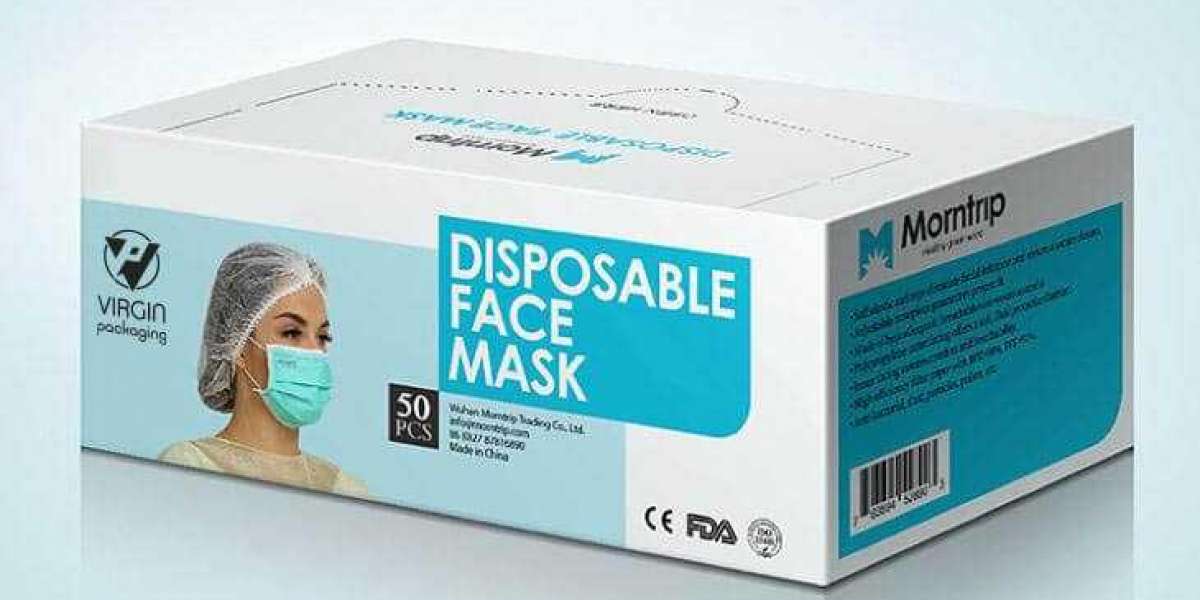In today’s rapidly evolving healthcare landscape, pharmacy care is undergoing a significant transformation, with advancements in technology playing a pivotal role. One such area that is poised to revolutionize pharmacy care is the field of pharmacy packaging. Traditional pill bottles and blister packs are giving way to smart packaging solutions that enhance patient adherence, improve medication management, and ultimately, contribute to better health outcomes. This article explores the future of pharmacy packaging, its benefits, challenges, and what lies ahead.
The Rise of Smart Pharmacy Packaging
What is Smart Pharmacy Packaging?
Smart pharmacy packaging refers to the integration of technology into medication packaging to provide patients and healthcare providers with valuable information and functionalities. These technologies can range from simple QR codes and RFID tags to more sophisticated electronic monitoring systems.
Benefits of Smart Pharmacy Packaging
- Improved Medication Adherence: Smart packaging solutions can include reminders and alerts, helping patients adhere to their medication schedules more effectively. Studies have shown that non-adherence to medication regimens is a significant issue, leading to adverse health outcomes and increased healthcare costs.
- Enhanced Safety: Tamper-evident seals and expiration date alerts ensure the safety and efficacy of medications. Patients can have peace of mind knowing that their medications are secure and within their shelf life.
- Real-Time Monitoring: Some smart packaging solutions can track medication usage in real time, providing valuable data to healthcare providers. This data can help identify trends, detect potential issues early, and tailor interventions to individual patient needs.
- Personalized Dosage: Smart packaging can also enable personalized dosing, ensuring that patients receive the right amount of medication at the right time. This customization is particularly beneficial for patients with complex medication regimens or those requiring adjustments based on their health status.
Challenges and Opportunities
Regulatory Compliance
One of the primary challenges facing smart pharmacy packaging is regulatory compliance. As these technologies evolve, regulatory bodies must keep pace to ensure patient safety and data privacy. Manufacturers and healthcare providers need to navigate regulatory frameworks to ensure that smart packaging solutions meet quality standards and legal requirements.
Cost Considerations
Implementing smart packaging solutions can incur initial costs for pharmacies and healthcare systems. Factors such as technology acquisition, training, and integration with existing systems contribute to these costs. However, the long-term benefits, such as reduced hospitalizations due to improved medication adherence, can lead to cost savings for healthcare systems and payers.
Integration with Healthcare Systems
Seamless integration with existing healthcare systems and electronic medical records (EMRs) is crucial for the success of smart pharmacy packaging. Interoperability standards need to be established to enable data exchange and communication between different platforms. This integration streamlines workflows for healthcare providers, improves data accuracy, and enhances patient care coordination.
The Role of Artificial Intelligence (AI)
AI-powered algorithms can analyze medication usage patterns and patient data to provide personalized recommendations and interventions. Machine learning models can predict patient adherence behaviors, identify risk factors for non-adherence, and recommend strategies to improve adherence. AI-driven insights can empower healthcare providers to deliver targeted interventions and optimize medication outcomes.
The Future Outlook
Advanced Drug Delivery Systems
Future advancements in pharmacy packaging may include novel drug delivery systems, such as microneedle patches and implantable devices. These innovations aim to improve convenience, efficacy, and patient experience. For example, microneedle patches offer painless administration and controlled release of medications, enhancing patient comfort and adherence.
Blockchain Technology
Blockchain technology holds promise in enhancing the security and traceability of pharmaceutical products. By creating transparent and immutable records, blockchain can help combat counterfeit medications and ensure product authenticity. Patients and healthcare providers can verify the origin and integrity of medications, reducing the risks associated with counterfeit or substandard drugs.
Sustainability Initiatives
The future of pharmacy packaging also involves a focus on sustainability. Biodegradable materials, reduced packaging waste, and eco-friendly manufacturing processes are becoming increasingly important considerations for pharmaceutical companies. Sustainable packaging not only benefits the environment but also aligns with consumer preferences for environmentally responsible products.
FAQs
Q: Are smart packaging solutions expensive?
A: While there may be initial costs associated with implementing smart packaging, the long-term benefits in terms of improved medication adherence and patient outcomes often justify the investment. Healthcare organizations can explore cost-effective solutions and assess the return on investment over time.
Q: How secure are smart packaging systems?
A: Smart packaging systems incorporate security features such as tamper-evident seals and encryption protocols to ensure the safety and integrity of medications and patient data. Manufacturers adhere to industry standards and regulatory requirements to maintain robust security measures.
Q: Can smart packaging help with medication errors?
A: Yes, smart packaging solutions can help reduce medication errors by providing dosage reminders, medication instructions, and real-time monitoring capabilities. Patients can receive alerts for missed doses, incorrect usage, or potential drug interactions, minimizing the risk of errors.
Q: Will smart packaging replace traditional packaging completely?
A: While smart packaging is gaining traction, traditional packaging methods are still widely used. The future may see a blend of both traditional and smart packaging solutions to meet diverse patient needs. Healthcare providers may offer a range of packaging options based on patient preferences and clinical requirements.
Conclusion
The future of pharmacy packaging is undeniably exciting, with smart technologies poised to revolutionize the way medications are dispensed, monitored, and managed. By leveraging these innovations responsibly and addressing challenges such as regulatory compliance and cost considerations, the healthcare industry can usher in a new era of personalized and effective pharmacy care. Smart pharmacy packaging not only improves medication adherence and patient safety but also empowers healthcare providers with actionable insights and data-driven interventions. As technology continues to evolve, collaboration among stakeholders, ongoing research, and investment in innovation will drive the advancement of pharmacy packaging solutions, benefitting patients and healthcare systems alike.



